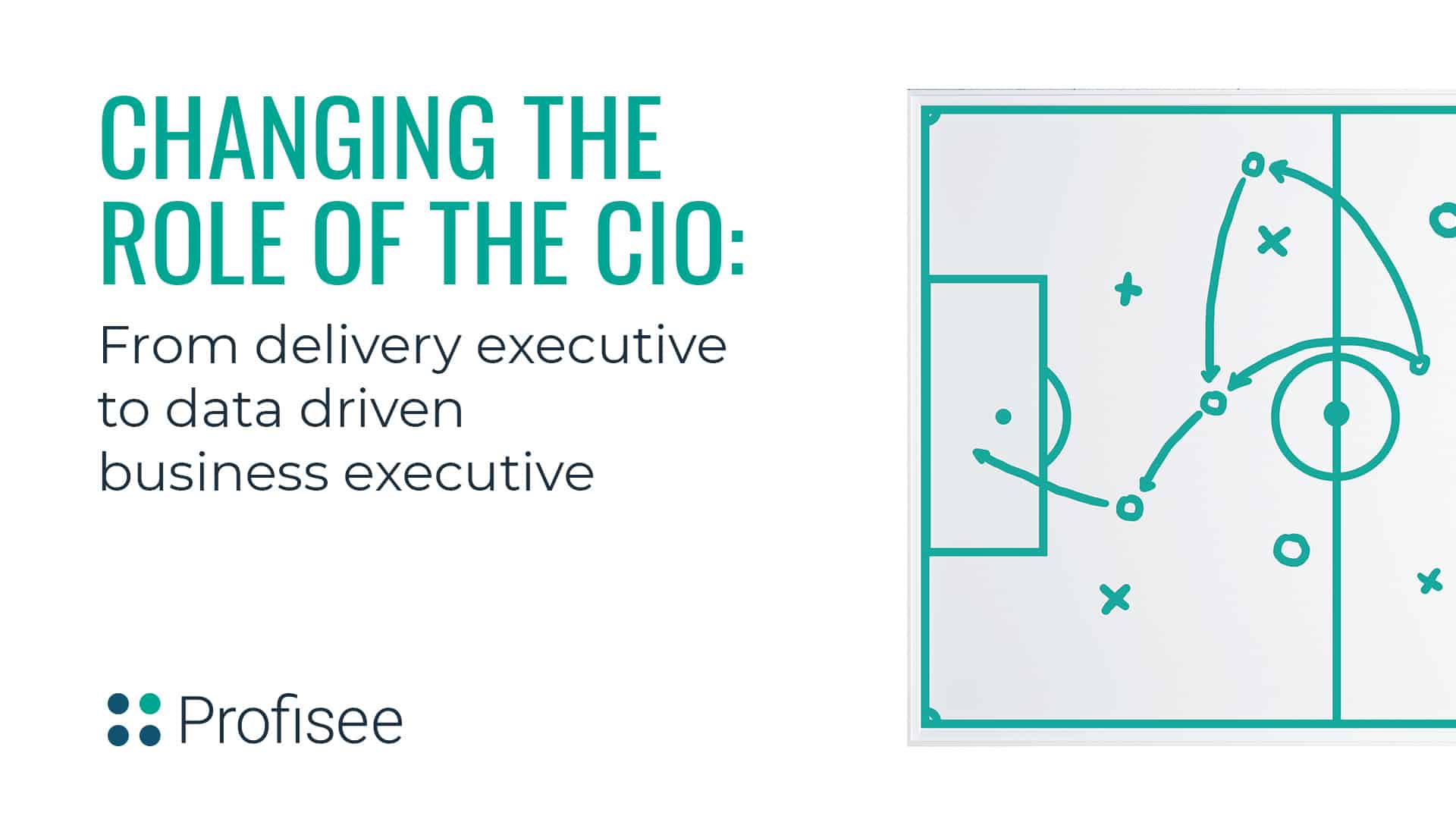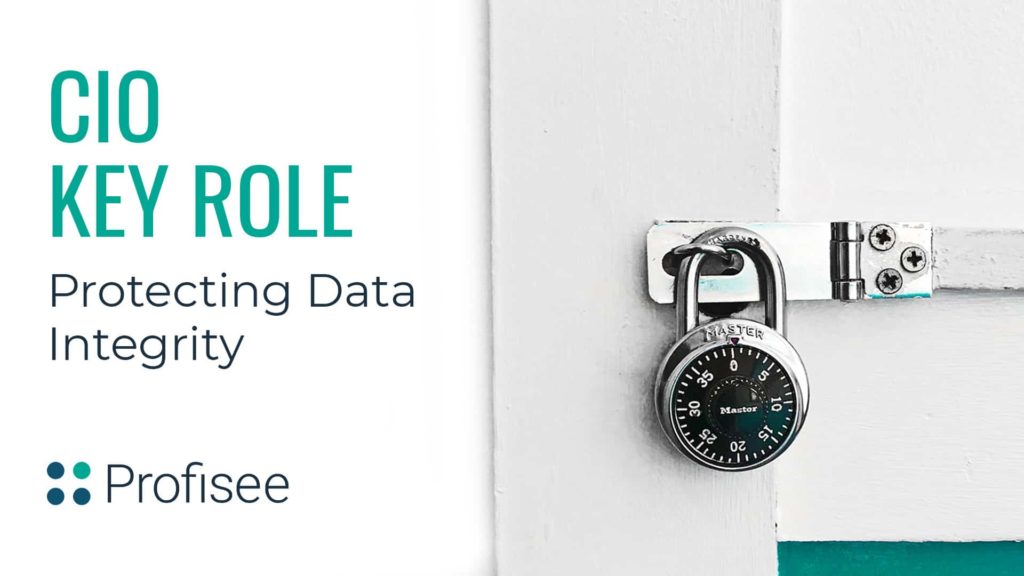Table of Contents
Gartner’s recent survey reports that 84 percent of CIOs have responsibilities outside the world of IT. Specifically they work with business units to enable digital transformation and innovation. Those priorities call on their IT skills because they point to data and analytics as the most important technologies in their bid to move their businesses forward and accomplish the enterprise’s mission.
CIOs have a new opportunity and responsibility to change their focus from that of an executive responsible for delivering technology and services to a business focused executive who understands the enterprise and contributes to its success. One of the most important things they can do is to successfully manage the data that underpins the organization starting with a solid data management strategy.
Here are four things CIOs need to master as their role changes from a delivery focused IT executive to a data-driven business executive with expertise in how IT can effectively support the company and its goals.
Lay out a data-driven IT strategy
CIOs are generally adept at creating project roadmaps when it comes to IT implementations. But in order to stay as a valuable team member, the CIO must shift and focus on how they can add a data-driven strategy to the organization. The data that drives the company is likely fragmented across multiple domains and often only connects to each other for specific reporting or updating purposes.
This kind of division means there are discrepancies and mismatches leading to different reports and divergent assumptions depending on what segments of data are accessed. The CIO’s responsibility for data begins with a solid plan to understand and manage all the data used by the organization so that conclusions and plans created by all segments of the business are derived from a common single source of truth.
In practical terms, as a current CIO you should carefully evaluate the totality of the company’s data, its uses, and the tools used to manage it.
Execute
Make your data-driven strategy into a real plan by executing on what you’ve found about your company’s data. This means discovering and documenting all the data sources and repositories then validating the data they contain. Beyond that it means keeping the work you’ve done up to date on a continuing basis. Focus on delivering valid and current information in line with the company’s business mission. But beyond that think about data from a business perspective. Put yourself in the place of a business manager. That means understanding the business, their goals, and the tools they need in order to accomplish their mission.
Ask yourself if the data and tools you provide to them advances their work, or do they have to go through additional steps to get results they need. Even more important, does the information they use match up with other sources of data, or does it conflict with conclusions other managers are drawing from different data sources? When you find conflicting conclusions or data that doesn’t align across the enterprise you’ve found both your own understanding of the business and the tasks you need to accomplish in managing the company’s data.
Make alliances
Devote time to expanding your contacts both within your organization and across a wide variety of companies and professions. Actively engage in conversations with your peers within your company and listen more than you talk. Your objective in developing relationships, in addition to creating personal connections, is to understand the business imperatives at work in the organization and how they are progressing with an eye toward uncovering the obstacles blocking their success. Some of those obstacles are likely to show up as inaccurate or conflicting data evident in reports and conversations you have with business leaders about how they see their business.
Work with your connections to explore ways they can make use of the company’s accurate data to better understand the results of their efforts and how they can better understand how their efforts result in changes.
Dive into the data
Data is driving every segment of your business and as an IT executive you have access and indeed, some level of control over all of it. Make understanding what processes beyond the use of applications are responsible for generating the data and how it’s being used. Look for connections between disconnected applications, functions, and business units. Find inefficient processes that suffer from the lack of meaningful analysis because the data isn’t reliable or accessible. Resolve conflicts and inconsistencies in data and demonstrate the importance of valid data by delivering insights derived from data resources they didn’t know existed or could not access to business managers. Then track results of the tools you deliver to show value
and drive business.
IT leaders have an opportunity unavailable to other business executives because they have intimate knowledge of the systems that run the organization, access to the data, and tools to manage the data and extract insights.
As the CIO role changes from focused application delivery to landing a seat at the table to drive strategy and business focused decisions, the more, you as the CIO, embrace the change and understand the business and its key data points, the more equipped you will be to lead the digital transformation in any business.

Forrest Brown
Forrest Brown is the Content Marketing Manager at Profisee and has been writing about B2B tech for eight years, spanning software categories like project management, enterprise resource planning (ERP) and now master data management (MDM). When he's not at work, Forrest enjoys playing music, writing and exploring the Atlanta food scene.








